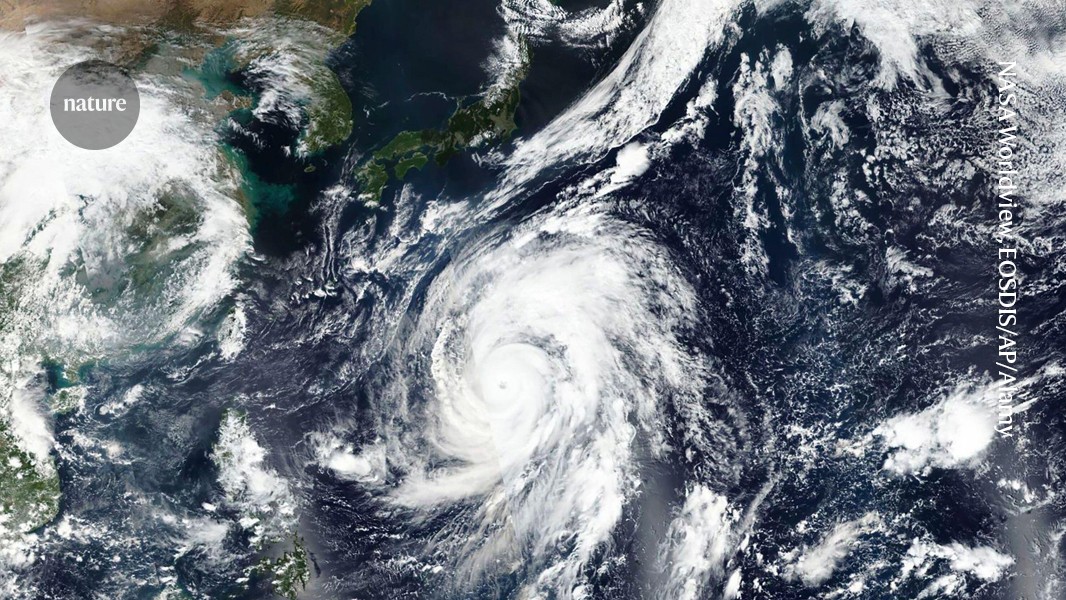DeepMind’s AI Weather Predictor Outperforms Top Systems

Revolutionary Weather Forecasting with AI
Google DeepMind has introduced a groundbreaking artificial intelligence (AI) model specifically designed to provide more accurate weather predictions compared to existing systems. This innovation stands out as it offers forecasts that extend up to 15 days into the future, generating results in just minutes instead of the hours required by current forecasting methods.
Key Features of the AI Weather Model
The new AI model boasts several impressive features, including:
- 15-Day Forecasts: It can predict weather conditions more than two weeks ahead, allowing for greater preparation for upcoming weather events.
- Rapid Processing: The model delivers results significantly faster than traditional systems, which can take several hours to generate forecasts.
- Accuracy Probabilities: This AI not only predicts the weather but also provides probabilities regarding the accuracy of its forecasts, adding another layer of reliability to its predictions.
How It Works
DeepMind’s approach combines advanced machine learning techniques and extensive meteorological data. Some of the core methods include:
- Data Training: The AI model is trained on vast datasets, which might include global weather patterns, historical data, and several variables impacting climate.
- Machine Learning Algorithms: By employing cutting-edge algorithms, the AI learns to identify patterns and correlations between different weather phenomena, improving its predictive capabilities.
- Real-time Updates: The system can adapt to new data quickly, ensuring that its predictions remain relevant as weather conditions evolve.
Benefits of AI in Weather Forecasting
The use of AI in forecasting offers numerous advantages:
- Enhanced Accuracy: More precise predictions can lead to better preparedness for extreme weather conditions, including storms or heatwaves.
- Time Efficiency: Reduced processing times enable meteorologists to focus on analyzing weather patterns rather than waiting for forecast data.
- Informed Decisions: Businesses, governments, and individuals can make better decisions regarding resource allocation and safety measures based on accurate forecasts.
Real-World Applications
This AI model has the potential for a wide range of applications, including:
- Disaster Preparedness: Governments can use reliable forecasts to prepare for natural disasters, ensuring timely evacuations when necessary.
- Agriculture: Farmers can adjust planting schedules and resource management based on expected weather conditions, optimizing crop yield.
- Event Planning: Individuals and organizations can make informed decisions about outdoor events, improving overall participation and safety.
Challenges Ahead
While the advancements in AI technology provide promising results, a few challenges remain:
- Integration with Current Systems: Ensuring that this new AI model can operate seamlessly with existing weather prediction platforms.
- Data Privacy and Security: As AI relies heavily on data, protecting user privacy and securing data against breaches is crucial.
- Public Acceptance: Gaining trust in AI forecasts is important, particularly in critical situations where accurate data can mean the difference between safety and danger.
The Future of AI in Meteorology
The introduction of Google’s AI model marks a pivotal moment in meteorology. As technology continues to advance, we can expect even more refined predictions and broader applications across various sectors. The integration of such sophisticated AI systems paves the way for revolutionizing how we approach weather forecasting and disaster management. Through continuous improvements, the hope is to create a safer and more informed society better equipped to handle the challenges of an unpredictable climate.






